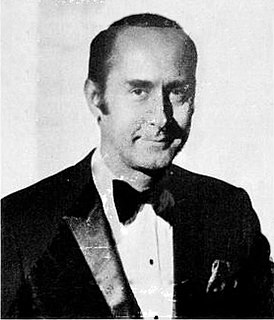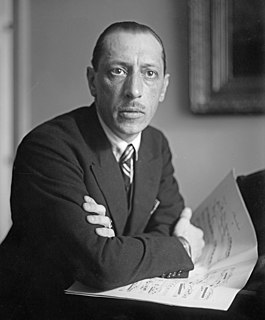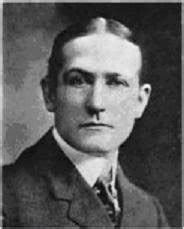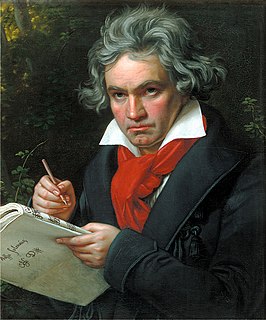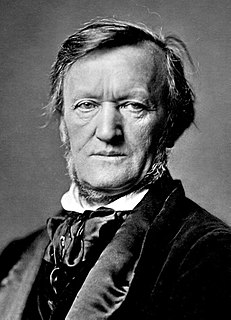Top 17 Quotes & Sayings by Ned Sublette
Explore popular quotes and sayings by an American composer Ned Sublette.
Last updated on November 6, 2024.
The two biggest hits (by Machito)... were about that enduring Cuban song topic-food: 'Sopa de pichn' [pigeon soup] and 'Paella'. If you think that all songs about food are double entendres for sex... Well, maybe all songs about food can be double entendres, but in many periods of Cuban history, for many people, food has been harder to get, and the subject of more fantasies, than sex.
In 1942 Cachao wrote a tune for Arcao, 'Rareza de Melitn,' with a memorable catchy tumbao. In 1957 Arcao recorded a reworking of it under the name 'Chanchullo'; and in 1962 Tito Puente reworked that into 'Oye como va,' still with that same groove. In this form, audibly the same, it powered Carlos Santana's multiplatinum 1970 cover version, close to three decades after Cachao first played it.







